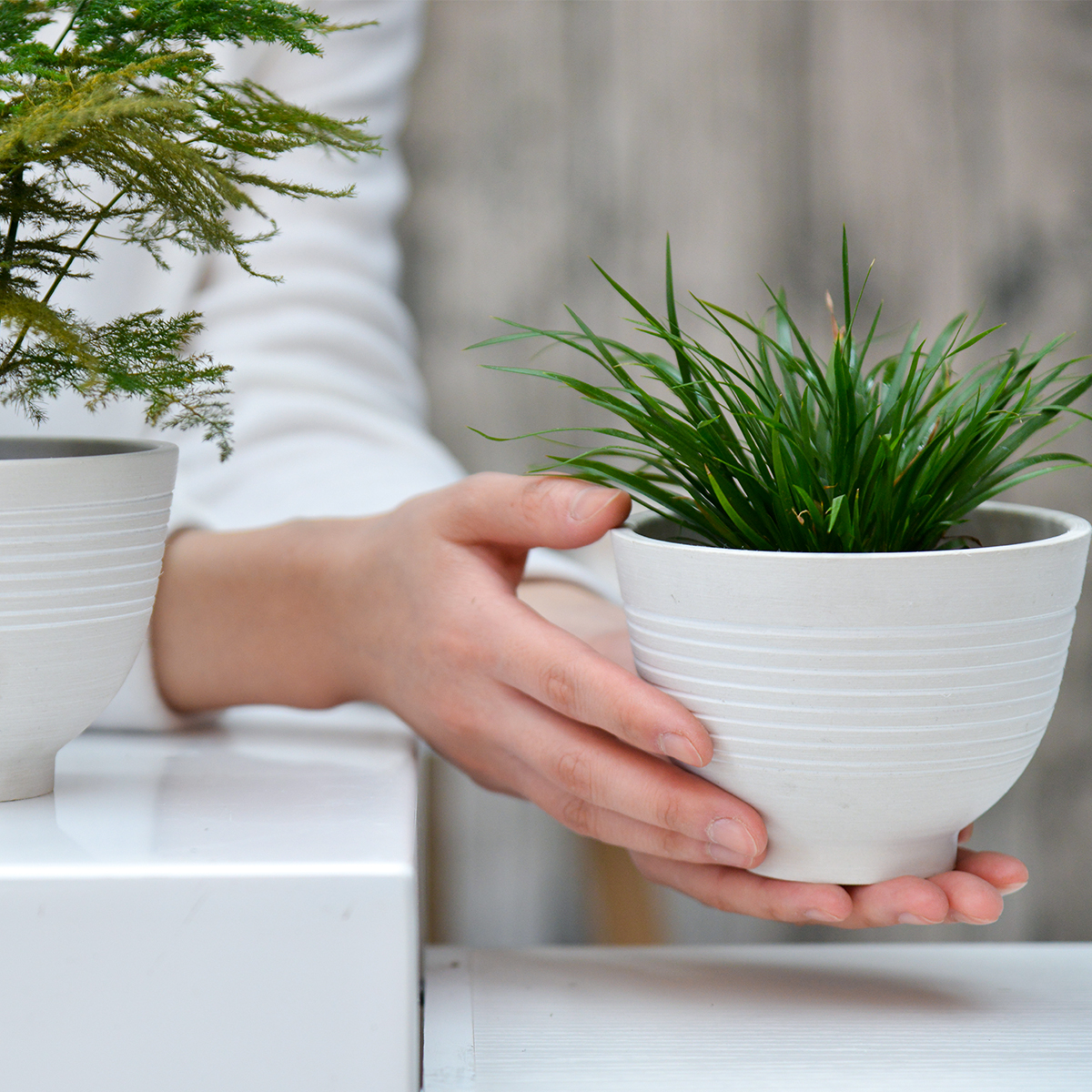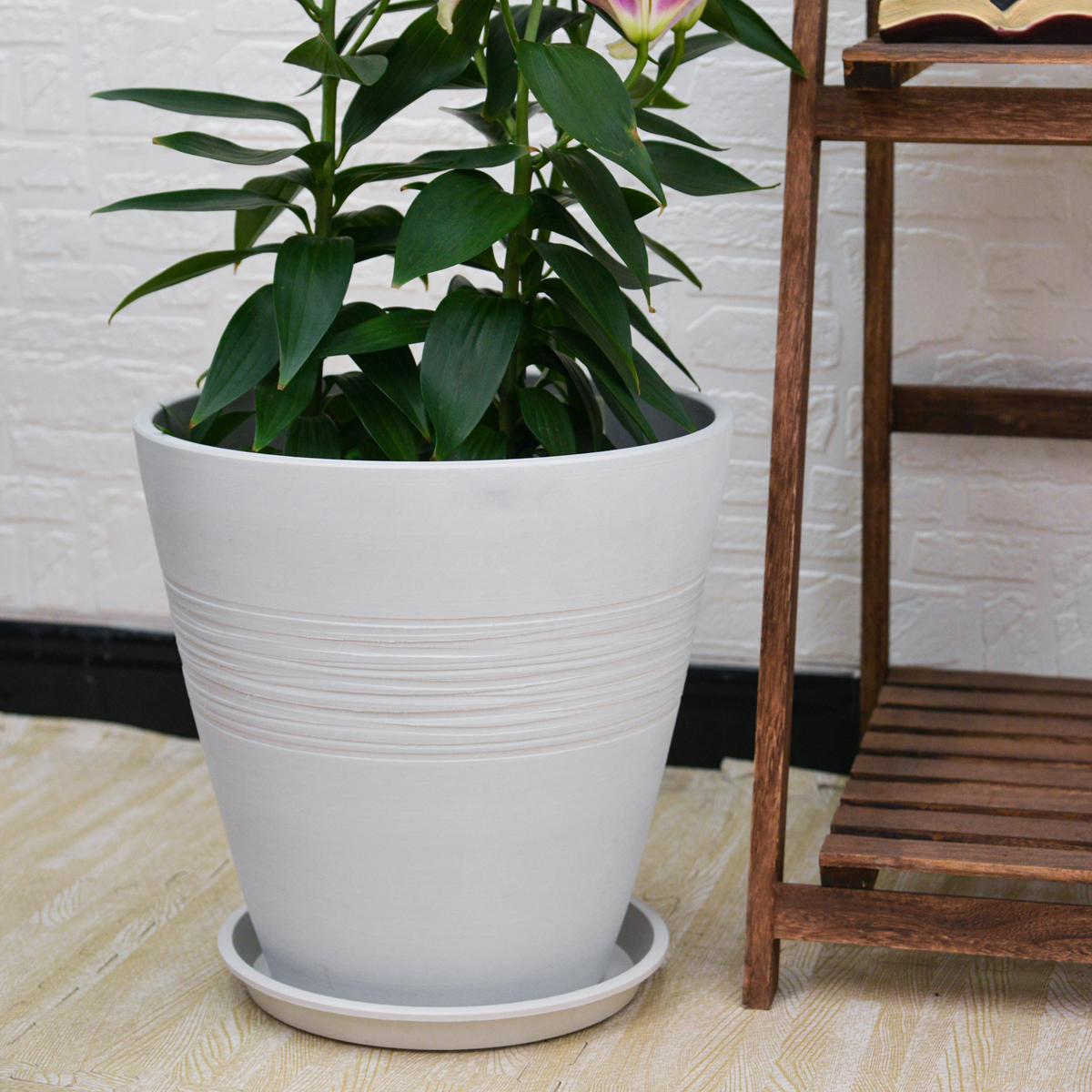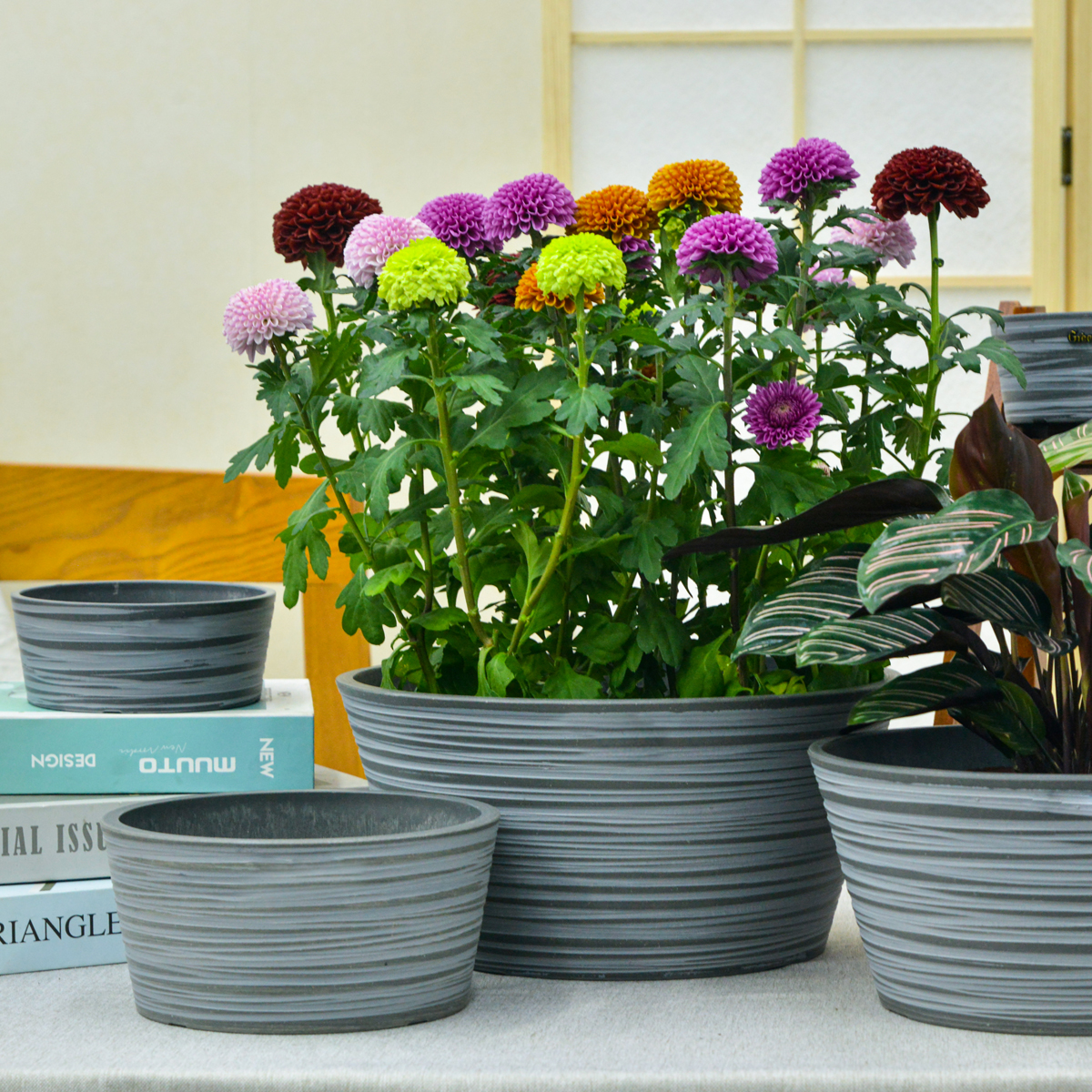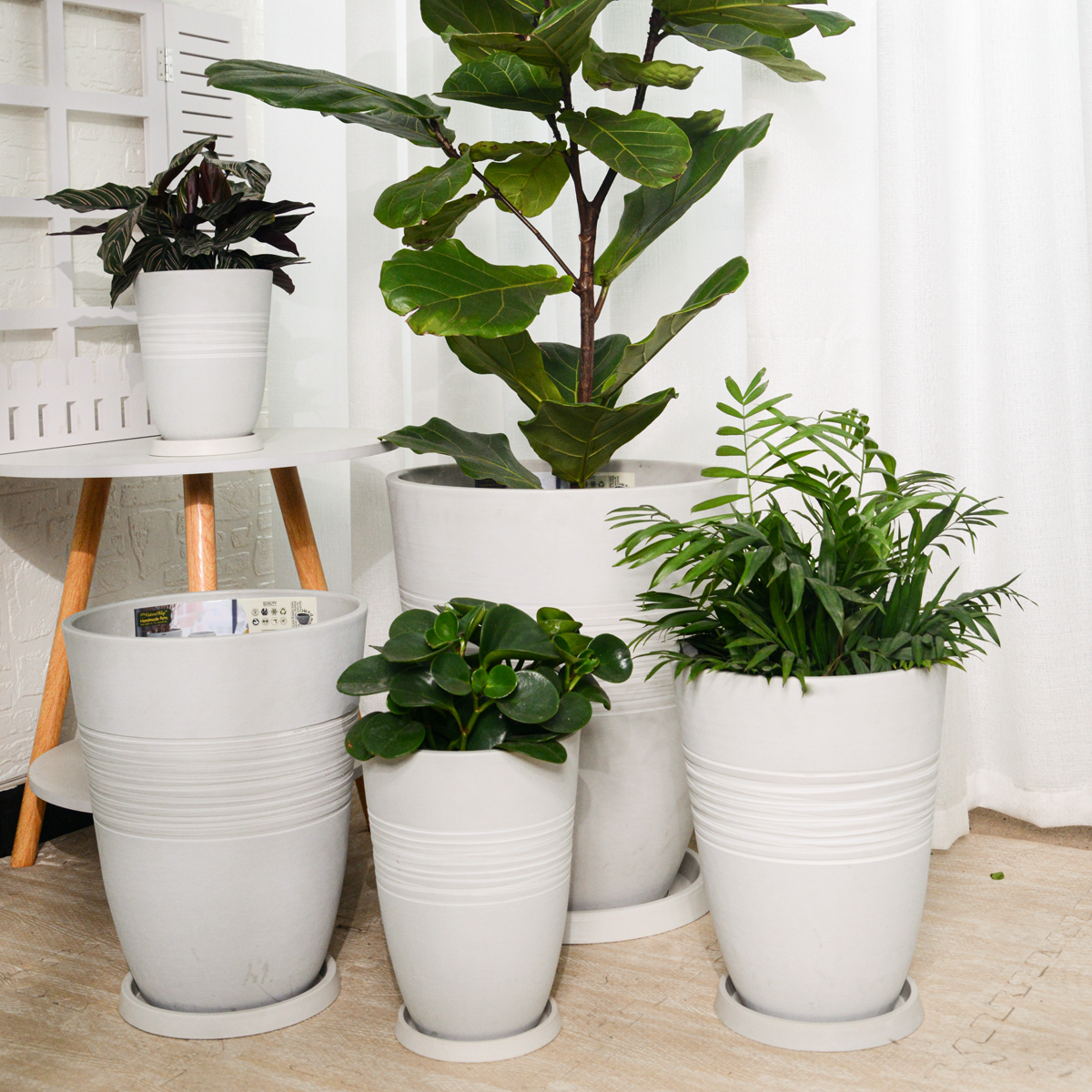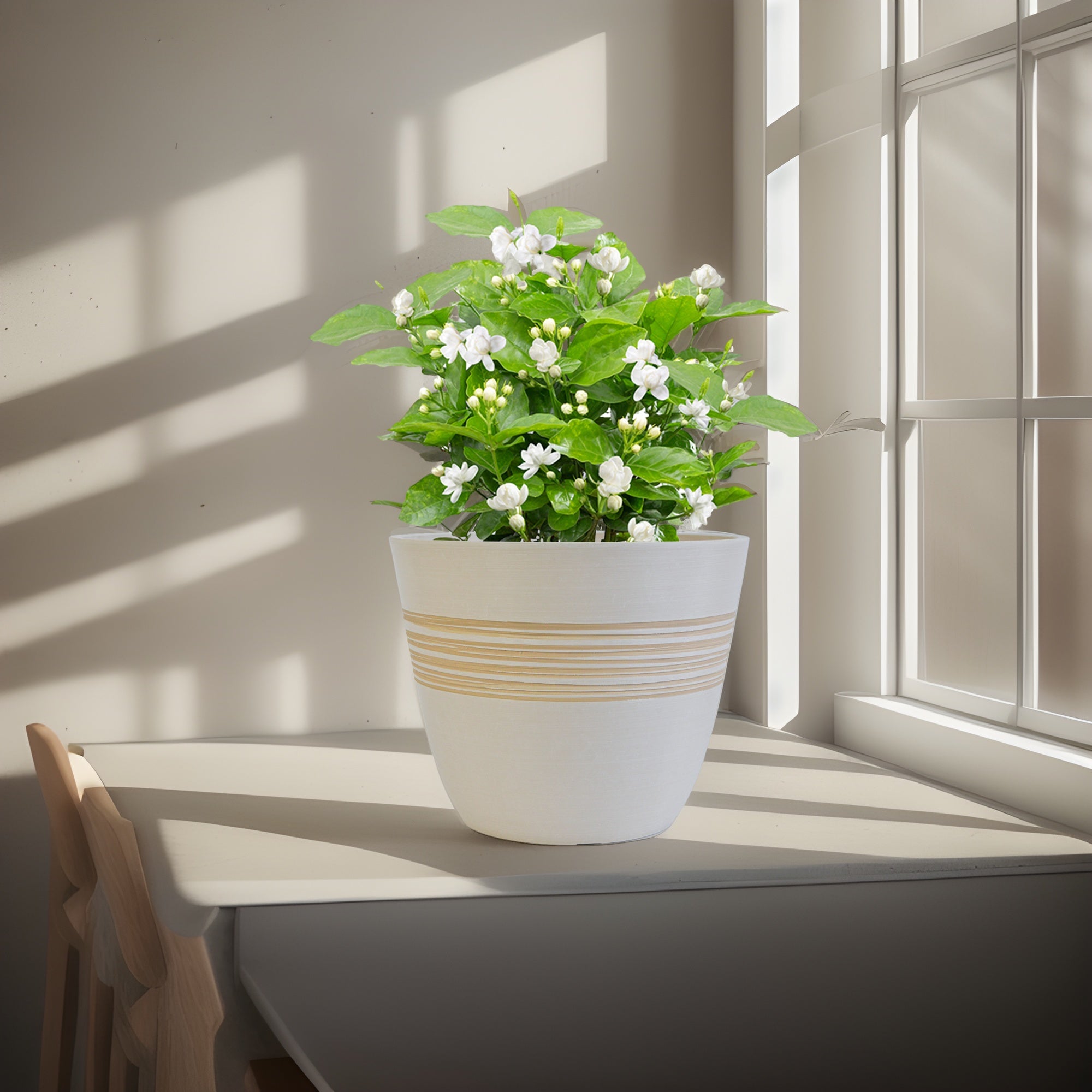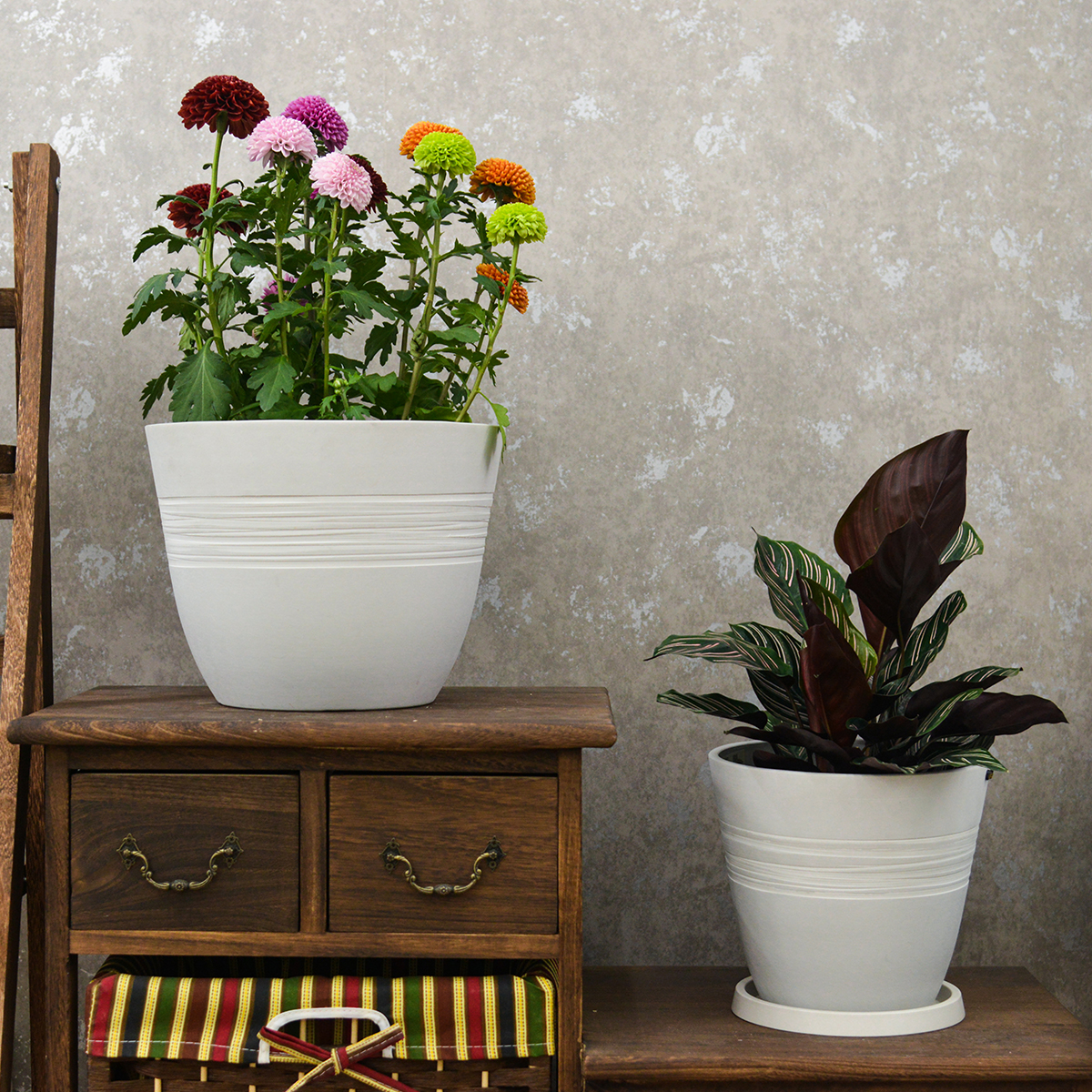What Potential Quality Issues or Defects Should You Watch Out for When Purchasing Large Outdoor Planters? How to Inspect Them?
Investing in large outdoor planters is a great way to enhance your patio, deck, or garden. However, to ensure your investment lasts and performs well, it’s important to be aware of potential quality issues and know how to inspect planters before making a purchase. For American homeowners looking for durable and aesthetically pleasing large outdoor planters, here’s what to watch out for:
Common Quality Issues and Defects to Look For:
- Lack of Drainage: This is one of the most critical aspects. Large planters must have adequate drainage holes to allow excess water to escape.1 Without drainage, water canlogged the soil, leading to root rot and the demise of your plants.2
- Inspection: Check the bottom of the planter for drainage holes. For very large planters, there should be multiple holes. If there are no holes, or very few small ones, reconsider the purchase or be prepared to drill more yourself (if the material allows). Some planters may come with drainage plugs that can be removed – ensure you understand how these work.
- Cracks or Chips: Examine the planter’s surface, especially around the rim and base, for any visible cracks, chips, or damage. These could worsen over time due to weather exposure and the weight of soil and plants.
- Inspection: Carefully look over the entire surface of the planter, both inside and out. Run your hand along the edges to feel for any irregularities or sharp points that might indicate damage.
- Weak or Uneven Construction: For planters made of multiple pieces or with visible seams (like some wooden or composite planters), check for gaps, uneven joints, or signs of poor assembly. These weaknesses can compromise the planter’s structural integrity.
- Inspection: If the planter has seams, ensure they are tight and well-sealed. Check if the planter sits level on the ground without wobbling.
- Material Thinness or Weakness: The material of the planter should be substantial enough to hold the weight of the soil and mature plants without bulging or warping, especially when wet.
- Inspection: Try gently pressing on the sides of the planter. If it feels very thin or flexible, it might not be durable enough for long-term outdoor use, especially with large plants. This is particularly relevant for plastic or lower-grade composite planters.
- Poor Finish or Paint Quality: If the planter is painted or has a specific finish, check for peeling, bubbling, uneven application, or scratches. A poor finish can indicate low-quality materials or workmanship and may not withstand outdoor elements well.3
- Inspection: Look closely at the painted or finished surfaces in good light. Ensure the color is uniform and there are no visible imperfections.
- Excessive Weight (Fiberglass Exception): While sturdy planters often have some weight, excessively heavy fiberglass planters might indicate the use of cheap fillers in the resin, which can compromise their durability.4
- Inspection: If a fiberglass planter feels unusually heavy for its size compared to others you’ve examined, it might be a sign of lower quality.
- Rough or Imperfect Surface (Fiberglass): Bumps, waves, or imperfections in the finish of a fiberglass planter can suggest poor construction or a rushed manufacturing process, potentially affecting its longevity.5
- Inspection: Feel the surface of fiberglass planters for any unusual roughness, waves, or inconsistencies in the finish.
Material-Specific Checks:
- Wooden Planters: Look for signs of rot, insect infestation, or warping. Ensure the wood is properly sealed or treated for outdoor use.
- Metal Planters: Check for rust (especially on steel or iron), dents, or sharp edges. Ensure welds are solid and paint or powder coating is even and covers all surfaces.
- Concrete or Stone Planters: Examine for cracks, chips, or flaking. Be aware that natural stone can have variations in color and texture.6
- Plastic or Resin Planters: Look for cracks, warping, or brittleness. Check if the plastic is UV-resistant to prevent fading and degradation in sunlight.
How to Conduct Your Inspection:
- Visual Examination: Carefully look at all surfaces of the planter, paying attention to details.
- Touch Test: Run your hands over the surfaces to feel for any imperfections or weaknesses.
- Stability Check: Place the planter on a flat surface to ensure it sits evenly and doesn’t wobble.
- Drainage Check: Look for the presence and size of drainage holes.
- Ask Questions: If buying in-person, don’t hesitate to ask the seller about the materials, construction, and any warranty offered.
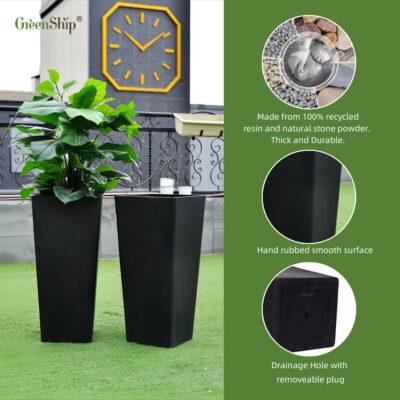
By taking the time to inspect large outdoor planters before purchasing, you can avoid potential problems and ensure you choose durable and beautiful pieces that will enhance your outdoor living space for years to come.
KC3-14A
By greenship|2024-08-16T06:26:30+00:00August 16, 2024|Categories: Hand-carving Series|
KC2-GS
By greenship|2024-08-16T06:30:21+00:00August 16, 2024|Categories: Hand-carving Series|
11THD
By greenship|2024-08-13T02:52:20+00:00August 13, 2024|Categories: Hand-carving Series|
KC2-11VH
By greenship|2024-08-16T06:19:28+00:00August 16, 2024|Categories: Hand-carving Series|
Planter for Indoor Outdoor Plants, Set of 2 Modern Decorative Plant Pots with Drainage Hole, Decorative Flower Pots
By greenship-seo|2025-04-10T07:46:01+00:00January 9, 2025|Categories: Hand-carving Series|Tags: Decorative Flower Pots, Self-Watering Pots|
KC2-11V
By greenship|2024-08-16T05:39:50+00:00August 16, 2024|Categories: Hand-carving Series|


